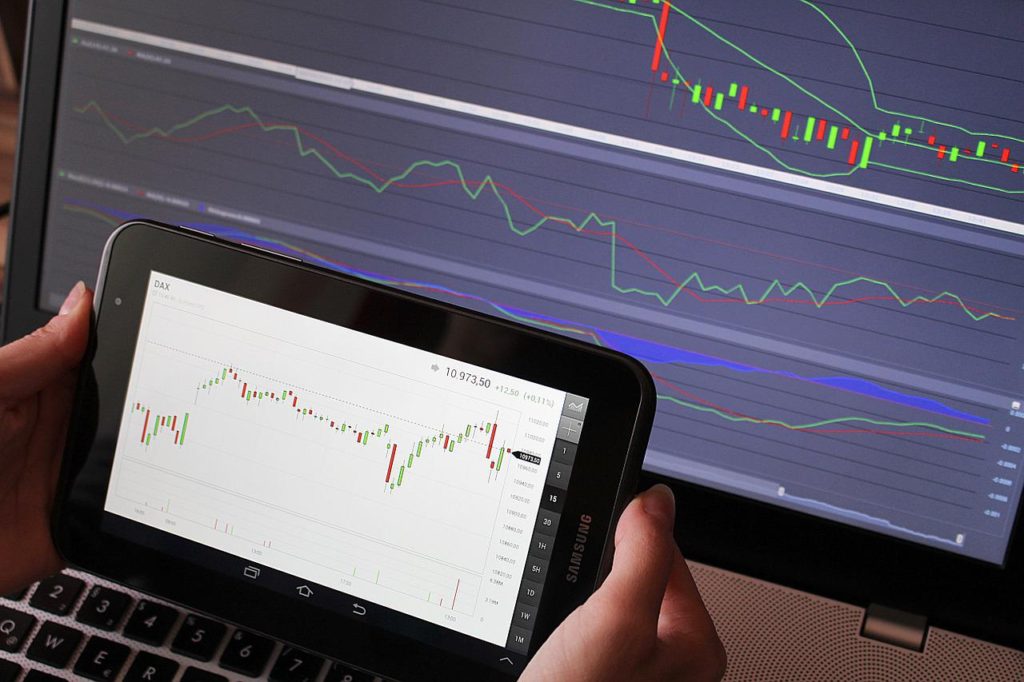
The Commitments of Traders report, also known as the COT report, is a measure of how bullish or bearish traders are about the stock market. It shares information about short sellers and positions held by market participants. When you first look at the COT report, it seems like gibberish. But once you learn how to decipher its meaning, you’ll see that it’s one of the most useful market indicators available to investors. The Commitments of Traders report isn’t complicated – just dense with information. Once you understand the basics, using this indicator to your advantage is easy.
What Is The Commitments of Traders?
The Commitments of Traders (COT) report is an analysis of the positions being held by traders in the commodity futures markets. It details the number of traders who are long, short, or are holding a position in cash. The COT report is released every Friday, one week after the end of the current trading week. The COT report is just one of many tools used by Commodity Futures Trading Commission (CFTC) analysts, and financial analysts in general, to forecast commodity prices. The COT report is not an accurate, stand-alone indicator of commodity prices. However, it can provide insight into what traders think will happen to commodities in the near future.
The Basics of the COT Report
The CFTC collects this data at the end of every trading week. They publish this information in a report, which is released on Friday afternoons. This report is a snapshot of what traders think will happen to the market in the following week. The report is divided into two parts: the “commitments of traders” (COT) report, which documents the number of traders who are long, short, or holding a position in cash, and the “weekly summary”, which explains the report in plain English. The COT report is composed of a two-column table. The left-hand column is broken down into three sub-columns: Non-Commercial Traders (Non-Commercial), Commercial Traders (Commercial), and a third sub-column for “Other” (Other). The right-hand column contains information about the number of futures contracts held, the price at which they are being held, and the “current level” of the market.
Decoding the Commitments of Traders Report
Non-Commercial Traders – Non-Commercial is the total number of traders who are short or have a “zero” position in cash. The higher the number is, the more bears there are in the market. Commercial Traders – The total number of Commercial traders is the total number of long positions in the market. The higher the number is, the more bulls there are in the market. Other – This sub-column represents the number of traders who are holding a position in cash. This is included in the Non-Commercial and Commercial columns. The “level” amount represents the price at which these traders are holding their cash positions. The higher the price, the more traders are holding a “buy” position. A lower price indicates traders are holding a “sell” position.
When Can the COT Be Useful?
The COT report can be useful in a number of ways. Traders can use the report to gauge their own risk and decide how much money they want to invest. Investors can use it to decide how heavily to diversify their portfolios. COT data can be useful for traders and investors in a number of ways: – Risk Management: A trader can use the COT report to help determine their risk management strategy. Knowing the market sentiment can help them reduce risk when trading. – Trading Strategy: The report can also help investors determine their trading strategy. Knowing the market sentiment can help them determine if they should be trading or staying on the sidelines. – Portfolio Diversification: Finally, the report can help investors determine their portfolio diversification strategies.
Limitations of the COT Report
The COT report can be a very useful tool. It can help investors decide when to trade and how much risk is appropriate for them. But it does have one major limitation – it does not accurately predict commodity prices. The report does not take into account the supply and demand that drive commodity prices. Therefore, investors should not use the COT report as the sole indicator of what will happen to commodity prices. The COT report is not an accurate, stand-alone indicator of commodity prices. However, it can provide insight into what traders think will happen to commodities in the near future.
Where do I find COT report?
You can find COT reports from the CFTC website. However, COT reports on that site is in raw format. Fortunately there are some third-party websites offering COT reports in much more readable formats along with charts and other convenience tools.
In our opinion, the best website to get COT reports is Tradingster, which is a regularly updated website providing COT report data and COT charts free of charge. For example, you can find popular data such as COT report for gold, COT report for Bitcoin, COT report for USD Index and many more.
Final Words: Should You Use The Commitments of Traders?
The COT report can be an extremely valuable tool for traders and investors. Knowing the market sentiment can help traders manage their risk and decide their trading strategy. It can also help investors determine their portfolio diversification strategy. Using the COT report is helpful in many ways. However, it is not an accurate, stand-alone indicator of commodity prices. Investors should not rely entirely on the report when determining their trading or investing strategy.

